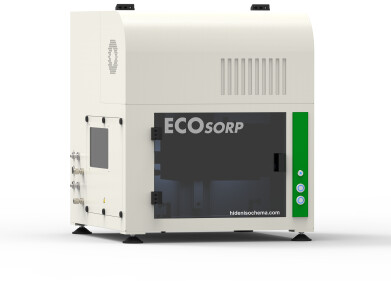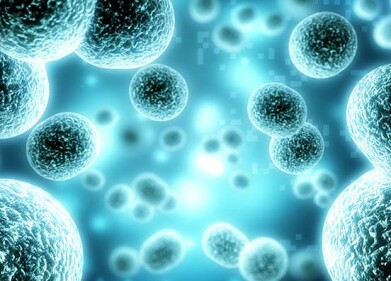Laboratory Products
10-Minute Universal Cancer Testing: How Does It Work?
Feb 04 2019
In a medical breakthrough, a team of Australian scientists has developed a fast and accurate procedure to test for cancerous cells in the body. Clocking just 10-minutes, the universal cancer test does not reveal the location or severity of malignant cells, though it does empower doctors with the scope to detect traces of the disease in the bloodstream.
The test was sparked by a discovery made at the University of Queensland, which revealed that cancerous DNA sticks to metal surfaces in a different way to normal DNA. Together with his team, Professor of Chemistry Matt Trau developed a test to distinguish between healthy and malignant cells by analysing miniscule traces of DNA in the bloodstream. Results are generated in less than 10 minutes and boast a sensitivity rate of around 90%.
“We certainly don’t know yet whether it’s the holy grail for all cancer diagnostics, but it looks really interesting as an incredibly simple universal marker for cancer, and as an accessible and inexpensive technology that doesn’t require complicated lab-based equipment like DNA sequencing,” said Trau.
Using gold nanoparticles to detect malignant cells
Findings were published in the journal Nature Communications and explain how water containing gold nanoparticles is used to reveal suspect DNA. The gold particles turn the water pink, a reaction that is used to detect the presence of cancerous cells. When DNA from healthy cells is added it binds to the gold particles and turns the water blue. However, when cancerous DNA is added it binds in a different way and the colour remains unchanged.
While the procedure is still in the early development phase, experts predict that the radical new technique could emerge as a routine screening used by doctors to initially test for cancer, then follow up with more focused assessments.
A cheap, simple and accurate screening tool
“A major advantage of this technique is that it is very cheap and extremely simple to do, so it could be adopted in the clinic quite easily,” says Laura Carrascosa, a researcher at the University of Queensland. “Our technique could be a screening tool to inform clinicians that a patient may have a cancer, but they would require subsequent tests with other techniques to identify the cancer type and stage."
The technique has already been used to detect breast, prostate and colorectal cancers, as well as lymphoma. The team is now working towards clinical trials which could mark a new era in the fight against cancer.
From cancer research to drug delivery methods, science plays a pivotal role in supporting medical breakthroughs. For a closer look at the latest MRPS development of the Coulter Counter gold standard technique for cell counting and sizing don't miss 'Accurate Measurements of Biological Nanoparticles'.
Digital Edition
International Labmate Buyers' Guide 2024/25
June 2024
Buyers' Guide featuring: Product Listings & Manufacturers Directory Chromatography Articles - Enhancing HPLC Field Service with fast-response, non-invasive flowmeters - Digital transformatio...
View all digital editions
Events
Jul 07 2024 Dublin, Ireland
Jul 20 2024 Denver, CO, USA
Jul 21 2024 Cape Town, South Africa
Jul 28 2024 San Diego, CA USA
Jul 30 2024 Jakarta, Indonesia


















